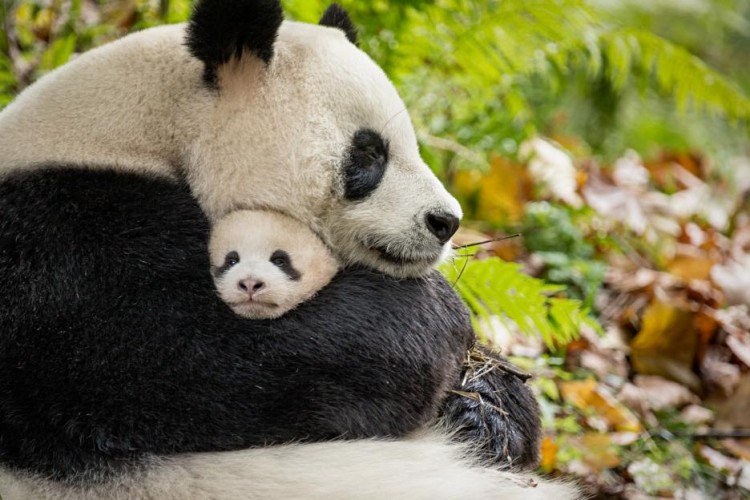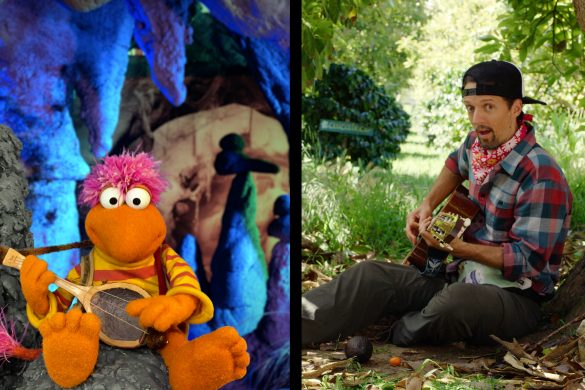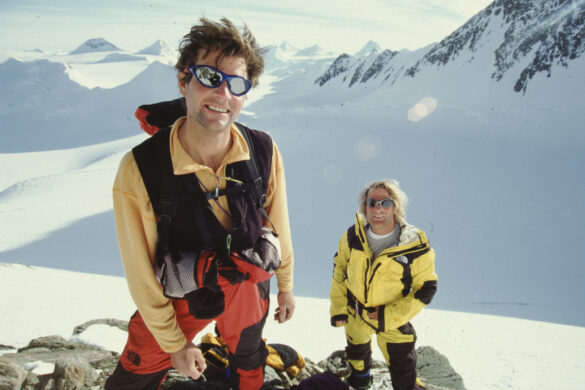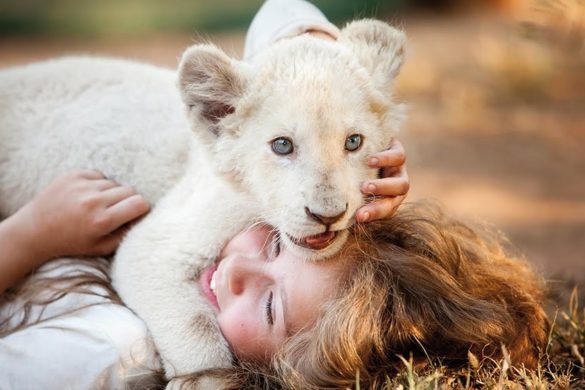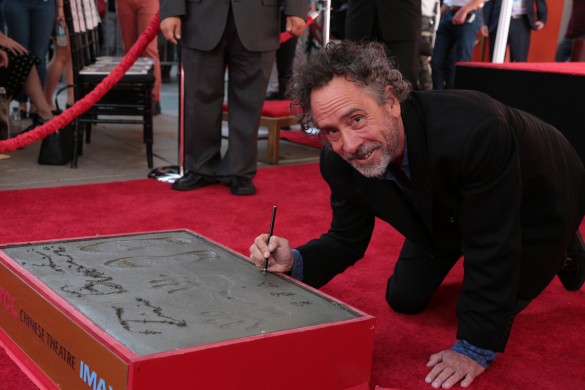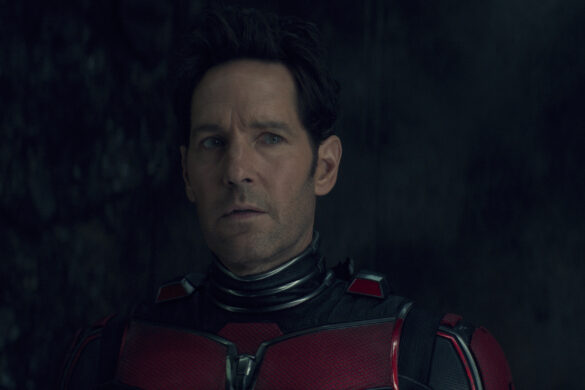Dr. Anne Savage is the Conservation Director for Disney’s Animals, Science and Environment at Walt Disney Parks and Resorts. Her work has helped conservation programs for a variety of species worldwide. In addition to that she also leads the conservation program for Disney’s Animals, Science and Environment that align with the corporate Reverse the Decline, Increase the Time philanthropy efforts of the Disney Conservation Fund to provide a platform to increase our conservation impact while involving cast members and sharing our conservation stories throughout Walt Disney Parks and Resorts.
Other credits include has led the development of Proyecto Tití, a conservation program designed to conserve Colombia’s most endangered primate the cotton-top tamarin, leading Walt Disney World sea turtle conservation that helps educate guest and visitors at Disney’s Vero Beach Resort, leading a team that protects purple martins, a small migratory song birds that flies more than 3,000 miles from the Brazilian Amazon to WDW to raise their young, and restoring habitat and reintroduce the rare Atala butterfly to the east coast of Florida. She’s also helped protect and save critically endangered Sumatran rhino in Indonesia and the Siberian Crane in China. Her work continues to inspire many to help continue the protection of these an animals and ensure that they live alongside humans for many generations to come.
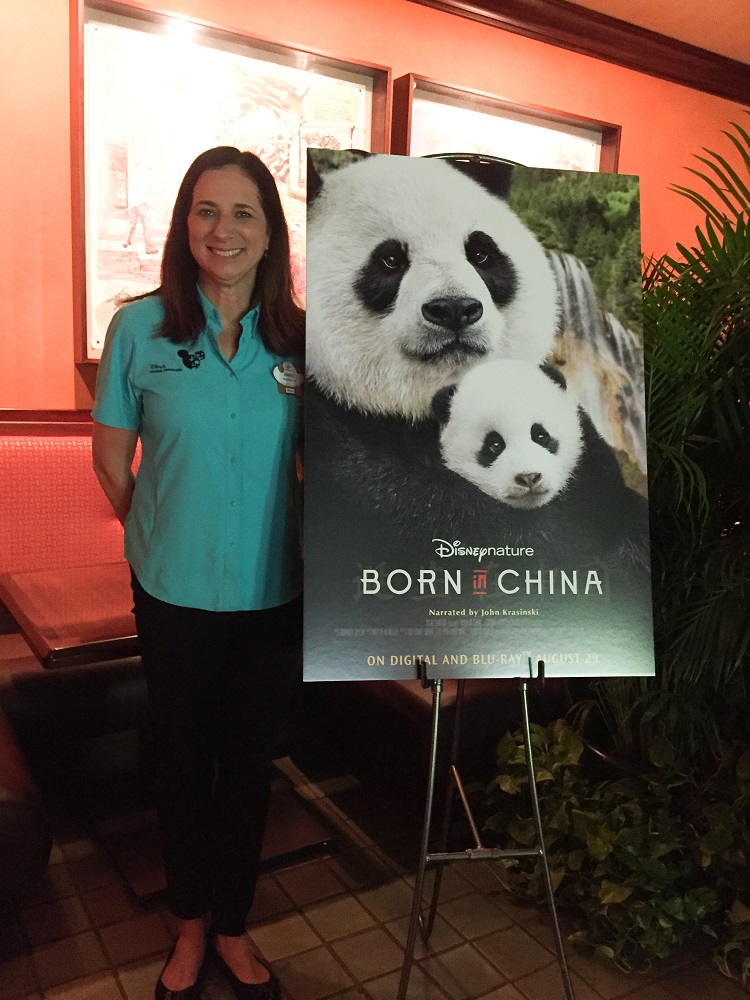
During the Born In China home entertainment junket, Savage spoke about her works in conservation and the importance of protecting endangered species. So here are a few things we learned about her works and how she hopes that it will inspire others to join in her commitment to protect majestic animals.
1 – Walt Disney’s History With Conservation.
Conservation didn’t start at Disney when the Animal Kingdom Park opened to the public. In fact, it started long before that. “It actually began with Walt. You know Walt has a long history of caring for wildlife,” said Savage. “It started out with a lot of the movies that were you know you know part of our company years ago and continue to this day.” She added, “All of us at that work here at Disney’s Animal Kingdom are so committed to the animals that we care for each and every day. And um we are committed to ensuring that these animals have a future in the wild.”
But the work goes far beyond just caring for animals. Savage says we must get people involved, and films like Born In China will help achieve that goal because it gets the word out. As the conservation director of the park, Savage’s job is to help visitors and families “have positive fun experiences with nature here in our park and to get inspired.”
2 – Hidden Park Treasures
Disney’s Animal Kingdom is much more than just an attraction, it is also an educational center that helps visitors and guest understand the importance of conservation. “There’s some great adventures that you can go on as you’re walking through or being part of uh some of the amazing attractions that we have, but it’s that sense of discovery,” said Savage. “That you are on your own personal journey as you’re going through this park.” She encourages guests to stop and look around to discover some hidden gems like “smell the Gorillas before you see them” or the sounds of a lion roaring in the morning.
3 – The Importance Of Disneynature Movies
Of course, being in an endangered species natural habitat would help us gain a better understanding of their live and the importance of protecting them. But not everyone can afford the trip. That’s where these Disneynature films come in. It allows audineces to connect with animals in a way they could never have. In fact, it also helps those who work in Animal Kingdom. “You know a lot of our colleagues that work with Snow Leopards have never seen a Snow Leopard in the wild,” Savage said. “They’re in their habitat. They might see you know paw prints, they might see scat, but the number of times that they’ve seen Snow Leopards is– you can probably count on one or two hands.”
Savage adds that every experience is different for those working in the part, but the mission is the same. For her, it was meeting Cotton Top Tamarin, a little one lb. monkey, for the first time at the age of 19. It was that first life changing encounter that helped inspire her to help and protect. And Animal Kingdom may help do the same for their young visitors. In fact, some have come up to Savage to tell her that their experience in the park inspired them to become marine biologists.
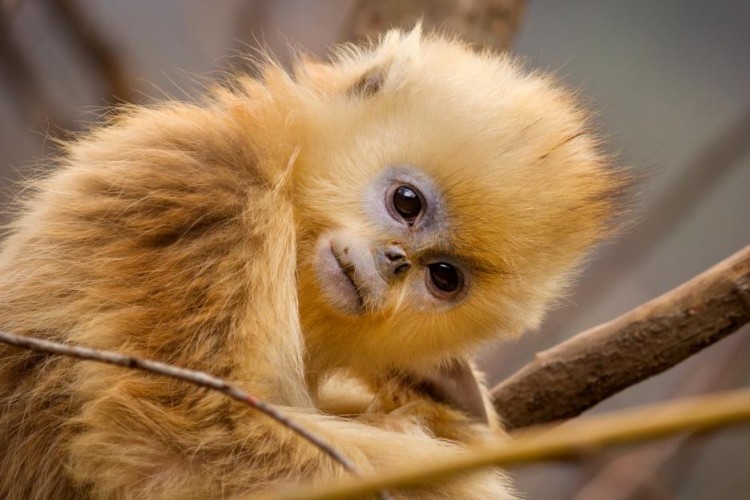
4 – The Disney Conservation Fund
Just as Disney’s Animal Kingdom Park exists to entertain and educate guests about the importance of conservation, the Disney Conservation Fund is committed to funding the protection of wildlife. In fact, Disney Conservation Fund has given away over $65 million to protect wild life around the world. “We will give funds to leading non-profit organizations that are working to protect animals in the wild,” Savage said. “it’s working, not only to protect species, but to protect habitat because we know that animals need places to live if they’re going to survive. But in addition to that we also do a lot of work with communities, because a lot of times these places that we’re trying to protect are right at the edges where people live.”
Savage knows that this is no easy task, especially since some of these communities are stricken with poverty. So in addition to working with these communities to help them better understand how to coexist with these animals, they have created the Reverse The Decline. The mission of Reverse the Decline is to work with non-governmental organization (NGO) to create a strategic plan of really addressing what are the key threats to these species and then how are we going to help solve them.
The funds also help leverage the talent they have at Disney World. Most don’t know that there are actual animal experts that are in the park, so veterinarians and educators who are in the park also lend their expertise outside of it. And the funds help them do that. For example they encourage those who are staying at Disney’s Vero Beach Resort to visit the Archie Carr National Wildlife Refuge where they can help care for sea turtles and their hatchlings.
5 – Locating And Monitoring Animals
Sometimes locating and monitoring animals isn’t easy because they are not in plain sight or its not very accessible. When it comes to finding eggs, the mother turtle can bury them so deep in the sand people don’t see them, even when they dig for them. At times they can be an arms length deep. Savage says that is why they have trained a dog to help them in their search. Dory, a rescued dog, “is trained to find the mucus that covers a freshly laid egg,” Savage said. “So that way she doesn’t alert on a nest that been incubating for a couple of months, and she is spot on. It’s just amazing. She can always say that, ‘Yup the, the eggs are there.’” She admits its not exactly perfect as the winds can throw off the scent, but she won’t be that far off.
But tracking the Cotton Top Tamarins, a small monkey that looks like a squirrel, they have to use a different method. Instead of attaching an uncomfortable collar with a transmitter on it, Savage says use something much simpler, a shoe lace. By using these transmitters they were able to discover that the Cotton Tops have about 40 different calls that they make and they make a call for when they’re separated from their family as a way to kinda’ find each other. So by using what they learned from the Wild Animal park, they used these calls to draw out some of the Cotton Tops from the forests. By doing this there were able to determine that there are about 7,000 Cotton Tops left in the wild. A shocking number, and the reason why conservation groups like this exist.
6 – Engaging Communities To Help The Cause
So to help further their cause, Disney works with local Artisans networks. In fact, a lot of the products that are in their gift shops and merchandise locations feature products made from a variety of different communities as a way for them to earn income. So you’ll see some snare art, hand crocheted purses that are made from recycled plastic bags, and loofa sponges. They’ve even taught this technique of how to crochet with plastic to the folks that work with Sea Turtles. “It’s a win-win situation because it’s cleaning up all the plastic that’s littering the environment,” Savage said. “Providing an income for people and connecting to a real life conservation story.”
But they aren’t just helping communities earn an income, they are also helping them with their way of life. For example, because the populous is growing, communities are stretching out into some animal habitats. One of the challenges is finding a way to co-exist with elephants. Sometimes elephants will “leave protected areas and in order to get to the next protected area they walk through a bunch of villages,” Savage said. As a result a farmer’s crop can get eaten. So Disney will help teach these farmers certain calls to prevent that from happening. But they also teach them how to use more natural methods like setting up bee hives, which will scare the elephants away.
So the real challenge is “balancing the needs of the people that live in these same areas where the animals are with the needs of the animals.” For Savage, she says it’s all about finding these creative solutions and helping create you know either sustainable income for communities or you know helping them reduce their impact on, on the native um population.” Another method of protection that is also a preventative measure is building fence posts out of plastic rather than out of trees. By doing this, you cut down on the number of trees that are being cut down.
7 – What Can You Do To Help
If you have the urge to help but are not sure how to do so, Savage says to get involved and inspired by all of these things and to learn more about animals you can go onto DisneyAnimals.com or DisneyNature.com. In addition to that she says you can also contribute financially to either the Disney Conservation Fund or to the leading conservation organizations that are working to help protect wildlife. Lastly, she says to think about your carbon footprint, in layman’s terms, how can you recycle more and use less energy and water.
Other things that she says you might to take into consideration are purchasing things that come from forests that conservationists are trying to protect for wildlife, sustainable food practices, and making better environmental choices.
BORN IN CHINA will be available on Blu-ray on August 29th!

